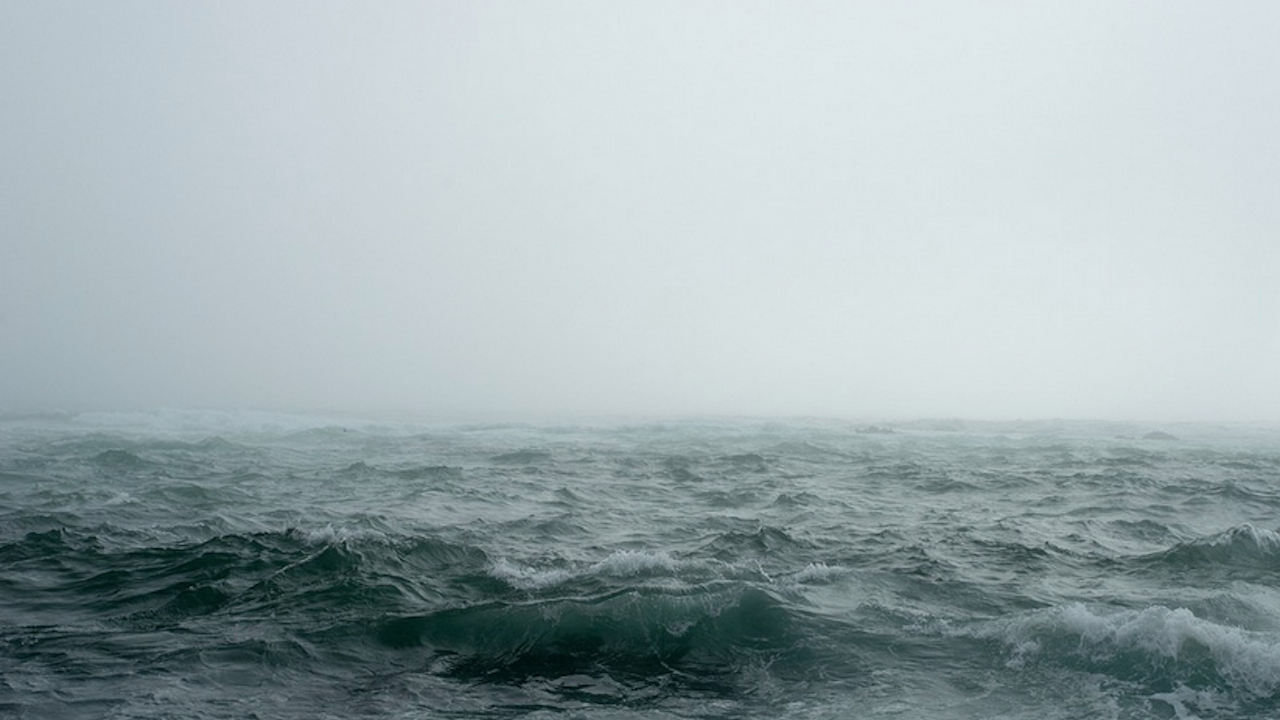Heat waves that unfold at the bottom of the ocean can be more intense and longer than those at the sea surface, a study cited by BTA found.
A team of scientists from the US National Oceanic and Atmospheric Administration (NOAA) has conducted the first assessment of marine heat waves on the continental shelves of North America.
They found that bottom heat waves are 0.5 to 3 degrees Celsius warmer than normal water temperatures and can last more than six months - much longer than surface heat waves.
"We just don't have enough instruments on the bottom of the ocean's continental shelves," said study co-author Dylan Amaya, a NOAA climatologist, adding, "The ocean is a powerful thing, it destroys instruments that we've had in the water for too long." .
Surface heat waves are recorded by satellites and can lead to massive algal blooms.
However, no one suspected bottom-sea heatwaves until their effects appeared, affecting bottom-dwelling species such as lobsters and crabs, which are the target of commercial fisheries, Amaya says.
Antarctic sea ice sets melting record for second year in a row
The study, published in the journal Nature Communications, used computer models of the ocean to analyze heat waves on the seafloor.
Scientists have found that sometimes a marine heat wave can affect both the surface and the ocean floor at the same time, while ocean floor heat waves can also occur independently.
The ocean has absorbed about 90% of the excess heat from global warming, with its average temperature increasing by about 0.9 degrees Celsius over the past century.
Marine heat waves have become more frequent by about 50% in the past decade.
"It's still unclear whether climate change is affecting bottom heat waves as much as surface heat waves," says Amaya.
Previous bottom sea heat waves have decimated populations of Pacific cod (Gadus macrocephalus) and snow crab (Chionoecetes opilio).
"The Pacific cod population in the Gulf of Alaska has declined by 75 percent since the great marine heat wave of 2015," said Michael Yacox of NOAA's Southwest Fisheries Science Center.
Warmer water, he said, increases the species' energy needs while also reducing their prey, which slows their reproductive cycle.
warming up
North America
